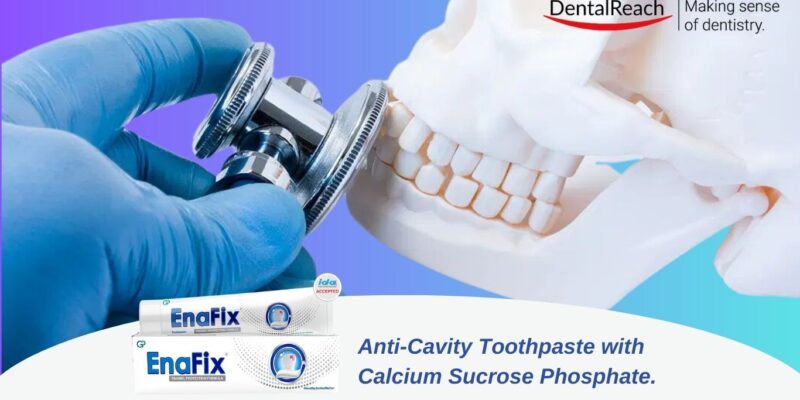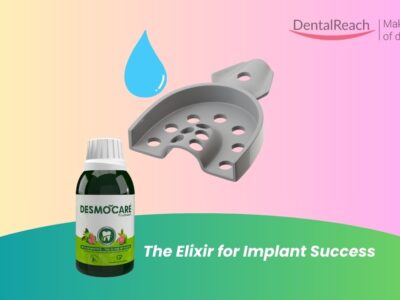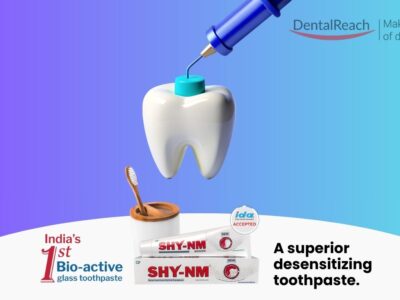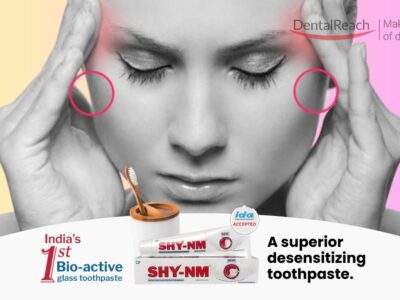Caries detection has traditionally relied on visual-tactile examination, which is subjective and often lacks sensitivity. Tactile probing can even risk damaging lesions that might otherwise be remineralizable. Radiographic methods offer earlier detection of proximal lesions but come with concerns about ionizing radiation exposure and are less effective for early enamel caries on occlusal surfaces.
These challenges have necessitated the development of more objective technologies such as laser or light-induced fluorescence, transillumination, electrical impedance, bioluminescence, and others. These advanced methods aim to improve diagnostic accuracy and patient outcomes by providing more reliable data to guide treatment decisions.
Identifying whether initial caries lesions are active or inactive (arrested) is crucial because inactive lesions may not require treatment. Differentiating initial caries from developmental hypomineralization based solely on clinical observation adds another layer of complexity.
GreenMark Biomedical Inc.’s LC Rinse (LumiCare™ Caries Detection Rinse) introduces a novel approach using fluorescent starch nanoparticles that illuminate active initial caries when exposed to a dental curing lamp. This technology enhances the dentist’s visual examination capabilities by making it easier to identify active carious lesions.
How does LC Rinse Work?
LC Rinse targets the microscopic porosity characteristic of active initial caries:
- Fluorescent Starch Nanoparticles: These particles infiltrate the micropores of an active lesion during mouth rinsing.
- Illumination: When illuminated with a dental curing lamp, these nanoparticles fluoresce, highlighting the presence of a lesion.
This method does not require expensive equipment beyond a standard dental curing light, making it cost-effective and user-friendly for everyday practice.
Clinical Study of Efficacy
The study aimed to determine if tooth surfaces with active caries assessed by ICDAS (International Caries Detection and Assessment System) were more likely to show positive LC Rinse responses compared to sound surfaces or inactive initial caries. Additionally, it sought to establish how long the positive response would last in active lesions (the “assessment window”).
Findings
The study revealed that:
- Active initial caries lesions were significantly more likely to fluoresce under LC Rinse compared to sound surfaces or inactive lesions.
- Fluorescent illumination was selective for porous enamel areas without affecting healthy tooth surfaces.
- The diagnostic accuracy was higher in selected teeth assessments due to controlled conditions ensuring authenticity.
Minimal Intervention Dentistry (MID) emphasizes preserving dental tissues by detecting initial caries early. However, current visual-tactile methods fall short in accurately distinguishing between different types of white spot lesions (WSLs), such as active versus inactive initial caries or developmental hypomineralization.
LC Rinse addresses these shortcomings by providing an objective means to detect and differentiate these conditions effectively:
- Enhanced Sensitivity & Specificity: By illuminating only porous surfaces indicative of active lesions.
- Cost-Efficiency & Ease-of-Use: Requiring only a standard dental curing light without additional maintenance needs.
Moreover, LC Rinse’s effectiveness persists up to 10 minutes post-rinsing, ensuring practical usability within typical clinical workflows
This innovation represents a significant advancement over traditional dye-based detection methods hindered by issues like clearing dyes from micropores after detection—a problem resolved by LC Rinse’s biodegradable fluorescent particles.
Source: British Dental Journal




















Comments